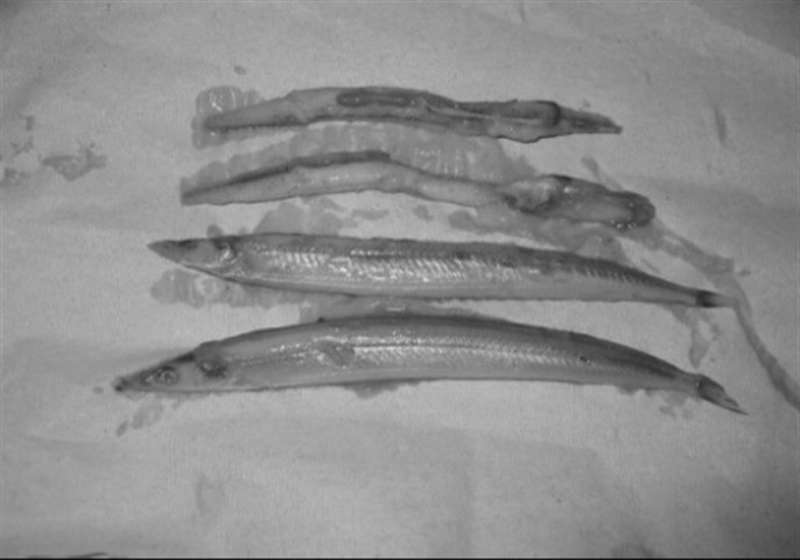This article has been reviewed according to Science X's editorial process and policies. Editors have highlighted the following attributes while ensuring the content's credibility:
fact-checked
trusted source
proofread
New method can determine how much a predatory fish eats, which can contribute to more sustainable fishing

Imagine that in the future, we know exactly how many fish we can catch without negatively impacting either the stock of predatory fish or their prey—and that we can actually regulate the amount of fish if an excess of, say, cod suddenly occurs in an ecosystem.
All this may be possible thanks to a very special model of gastric evacuation developed and described by DTU Senior Researcher Aqua Niels Gerner Andersen in his doctoral dissertation, which he recently defended.
"The model can tell us how much of their prey that predatory fish eat, which enables us to much better calculate the consequences of specific fisheries management on the species composition of our fish stocks—and potentially on entire ecosystems through the derived effects on the food chain," explains Niels Gerner Andersen.
"The principle in the calculation of how much predatory fish eat is based on information about the amount and composition of prey fish in predatory stomachs that have been collected in a manner representative of the predatory fish stocks. We translate all these snapshots of stomach contents into average rates for how much predatory fish eat over a long period of time, using a model for the gastric evacuation rate."
In addition to the use of data for gastric evacuation from laboratory experiments on predatory fish in Hirtshals, Denmark, Niels Gerner Andersen has used rules for both physical, chemical, and biological processes to establish the model, and it is the final result of many years' work.
A never-before-seen model
The model describes the gastric evacuation rate of predatory fish's continuous stomach contents, i.e., both of the total amount and of the individual prey in the stomach, regardless of the previous history, which here means the moment the predatory fish ingested the individual prey.
This has never been achieved before, and it means that fishery biologists are much better able to calculate how much of a specific species you can fish without creating an imbalance in the ecosystem in question. The model also enables researchers to better assess how to restore balance in an ecosystem where there are too many of one kind of fish.
Extensive experiments and a generalized model
Niels Gerner Andersen has, in collaboration with his colleagues, carried out extensive experiments with a number of predatory fish and their prey. The results from these experiments, together with the theoretical model development, have meant that the researchers have been able to create a model for general use.
You just need to know a few characteristics of the predatory and prey fish you want to investigate. The characteristics include the length of the predator's stomach and the prey's energy density, and this makes the model easy to use on a wide range of predatory and prey fish that have not yet been studied in gastric evacuation experiments.
More information: Doctoral Dissertation: The dynamics of gastric evacuation in predatory fish: A mechanistic model of gastric evacuation—development and applications in fish and fishery biology
Provided by Technical University of Denmark





















